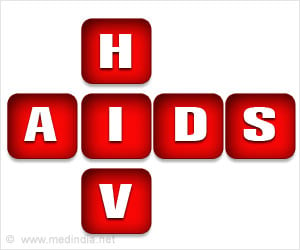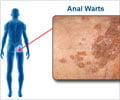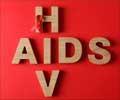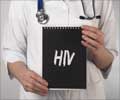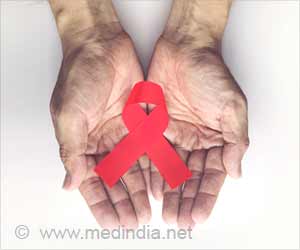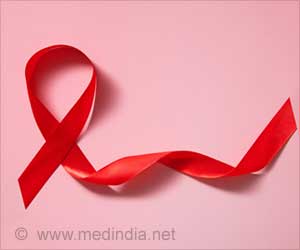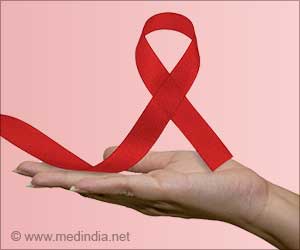The proportion offering on-site testing for HIV and STIs has declined between 2000 and 2011, despite guidelines recommending opt-out HIV testing according to a new study
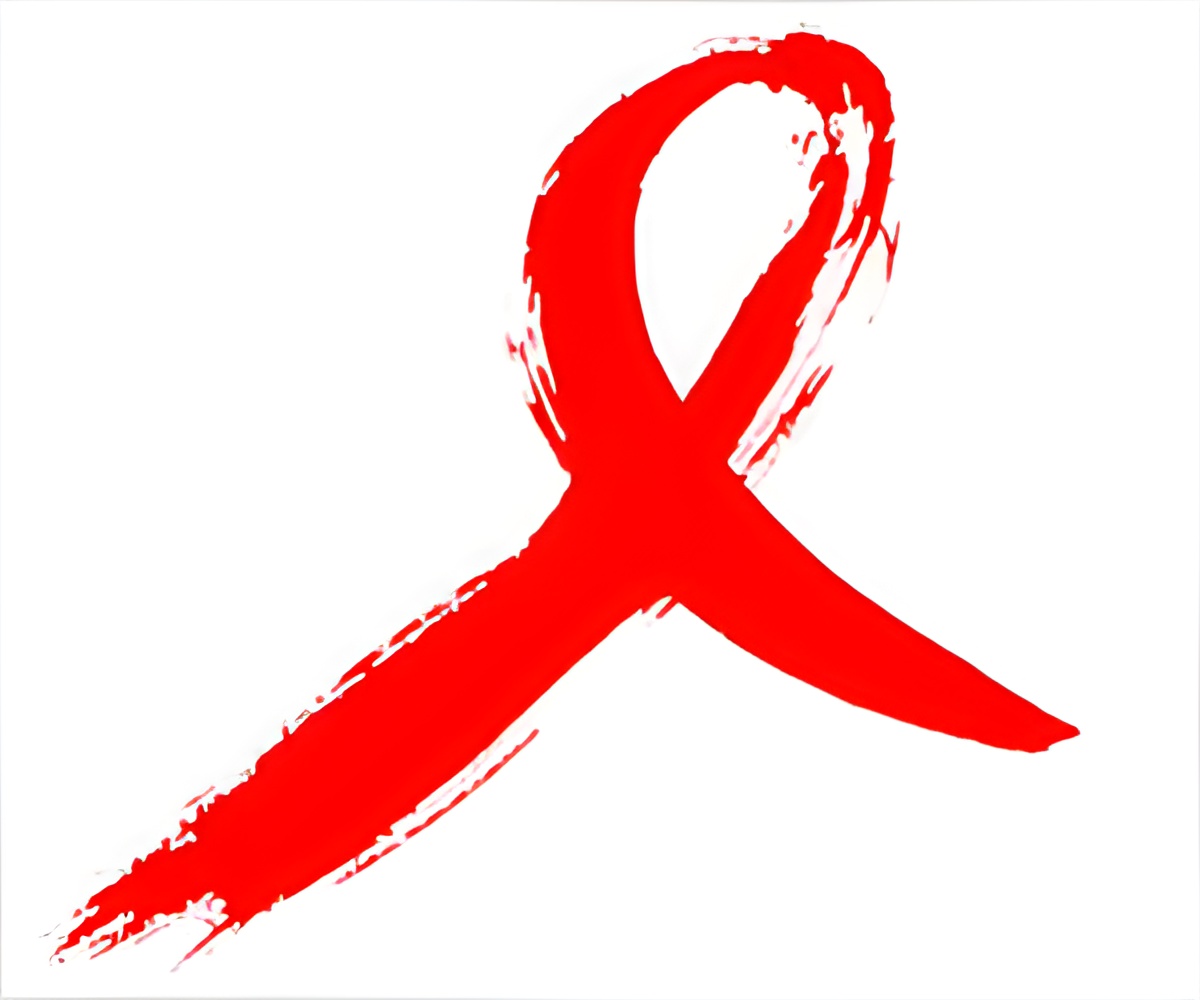
Marcus A. Bachhuber, M.D., and Chinazo O. Cunningham, M.D., M.S., of the Albert Einstein College of Medicine, New York, analyzed data from a survey sent to directors of drug treatment facilities and tabulated the percentage of opioid treatment programs offering on-site HIV, STI, and HCV testing from 2000 to 2011.
The number of U.S. opioid treatment programs increased from 849 in 2000 to 1,175 in 2011. The percentage of programs operating as for-profit businesses increased from 43 percent to 54 percent, nonprofits decreased from 43 percent to 36 percent, and public programs decreased from 14 percent to 10 percent. From 2000 to 2011, the absolute number of programs offering testing for HIV, STIs, and HCV increased but the percentage offering on-site testing for HIV declined by 18 percent and for STIs by 13 percent. There was no change for HCV testing. More than 75 percent of public programs offered on-site testing for each infection, with no change over time.
"Declines were most pronounced in for-profit programs, suggesting that persons enrolled in these programs may be at increased risk for delayed diagnosis and continued transmission of HIV, STIs, and HCV," the authors write.
"Opioid treatment programs are important venues for offering testing to high-risk individuals. As the number of for-profit opioid treatment programs increases, and the opioid, HIV, and HCV epidemics continue to intersect, further work is needed to understand and reverse declines in offering on-site testing."
Advertisement



